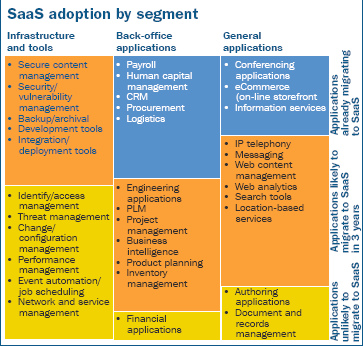I’ll be moderating another SVASE VC Breakfast Club session on Thursday, April 13th in San Jose. It’s an informal round-table where up to 10 entrepreneurs get to deliver a pitch, then answer questions and get critiqued by a VC Partner. We’ve had VC’s from Draper Fisher, Hummer Winblad, Kleiner Perkins, Mayfield, Mohr Davidow, Emergence Capital …etc.
Thursday’s featured VC is Joyce Chung, General Partner, Cardinal Venture Capital. The Zvents post has all the info and a map, but please remember to click through to register either from zvents or directly here.
These sessions are an incredible opportunity for Entrepreneurs, most of whom would probably have a hard time getting through the door to a VC Partners. Since I’ve been through quite a few of these sessions, both as Entrepreneur and Moderator, let me share a few thoughts:
- It’s a pressure-free environment, with no Powerpoint presentations, Business Plans…etc, just casual conversation, but it does not mean you should come unprepared!
- Bring an Executive Summary, some VC’s like it, others don’t.
- Follow a structure, don’t just talk freely about what you would like to do, or even worse, spend all your time describing the problem, without addressing what your solution is.
- Don’t forget “small things” like the Team, Product, Market..etc.
- It would not hurt to mention how much you are looking for, and how you would use the funds…
- Write down and practice your pitch, be ready to deliver a compelling story in 5 minutes. You will have more time, but believe me, whatever your practice time was, when you are on the spot, you will likely take twice as long to deliver your story.
- Last, but not least, please be on time! I am not kidding… some of you know why I have to even bring this up.
Tags: Venture Capital, VC Breakfast, Funding, VC Funding, Startups, Entrepreneurship, SVASE






Recent Comments